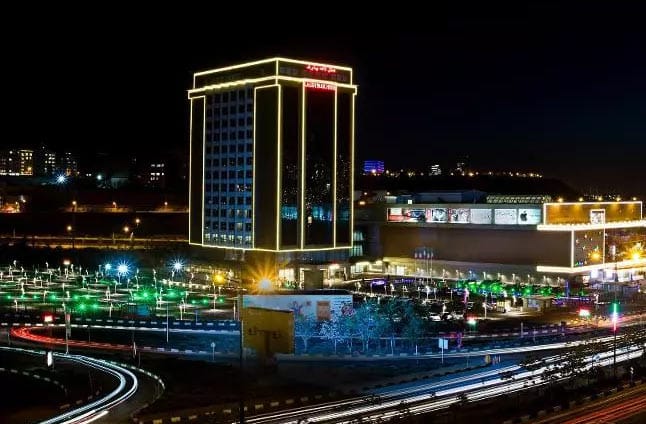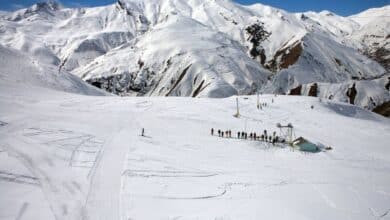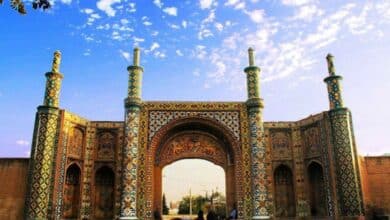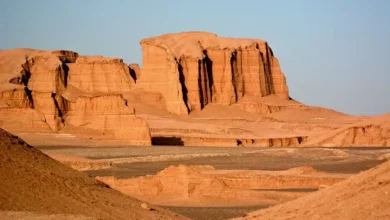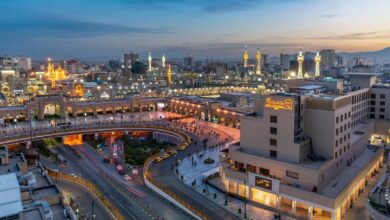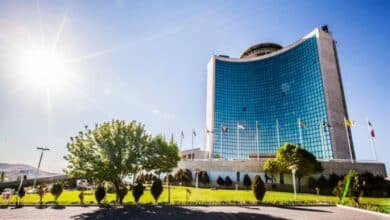Iron Age Museum in Tabriz: Travel Back in Time
Unveiling Ancient Mysteries Beneath Tabriz
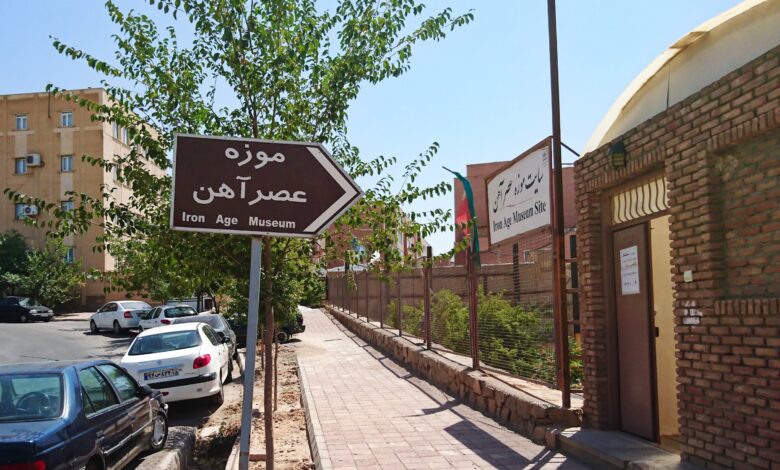
Situated in the historic city of Tabriz, the Iron Age Museum offers a fascinating journey into Iran’s distant past. This extraordinary site, once an ancient cemetery, came to light during construction near the Blue Mosque in 1997.
Converted into a museum in 2006, it holds the distinction of being Iran’s first open-air archaeological museum, safeguarding graves and artifacts that reach back thousands of years. For those passionate about history or simply eager to explore, this location provides a striking look at the lives, beliefs, and social order of Iron Age people, dating to around 1000 BCE.
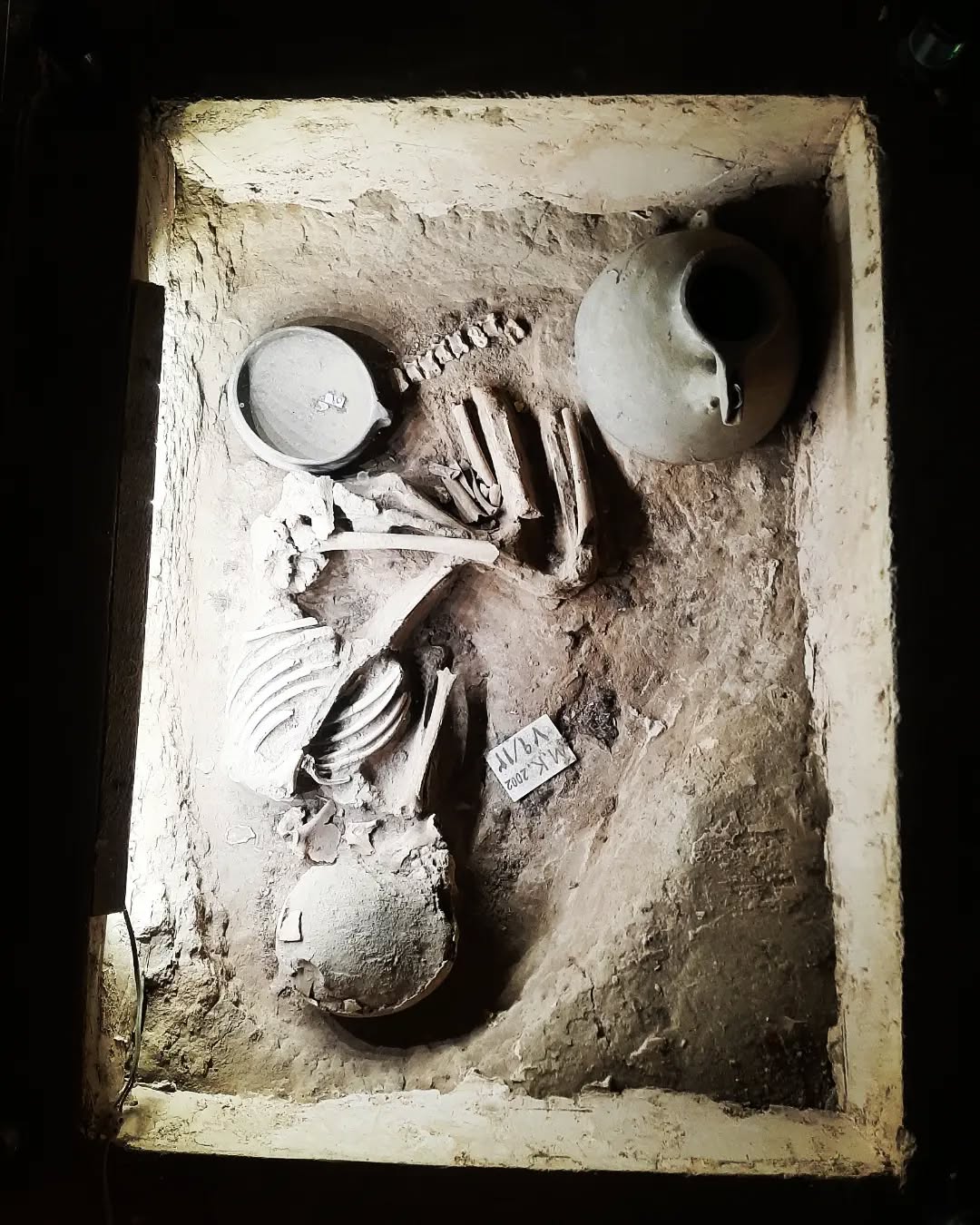
Contents
A Glimpse into Ancient Tabriz
Positioned on Imam Khomeini Street behind the renowned Blue Mosque, the Iron Age Museum emerged from an accidental find. Routine digging exposed 38 graves, first linked to the Safavid, Qajar, Timurid, Zand, and Ilkhanid periods.
Deeper analysis, however, traced most remains to the Iron Age—a transformative time defined by the rise of iron tools and weapons. Archaeologists spent three years carefully extracting skeletons, pottery, and personal objects, establishing this site as a powerful reflection of Tabriz’s ancient heritage.

Why “Site Museum”?
The label “site museum” highlights its distinct character: the artifacts stay in their original excavation spots, preserved as found except for maintenance. This raw presentation distinguishes it, giving visitors a direct view of history as it surfaced, akin to stepping into a preserved snapshot below the city’s surface.
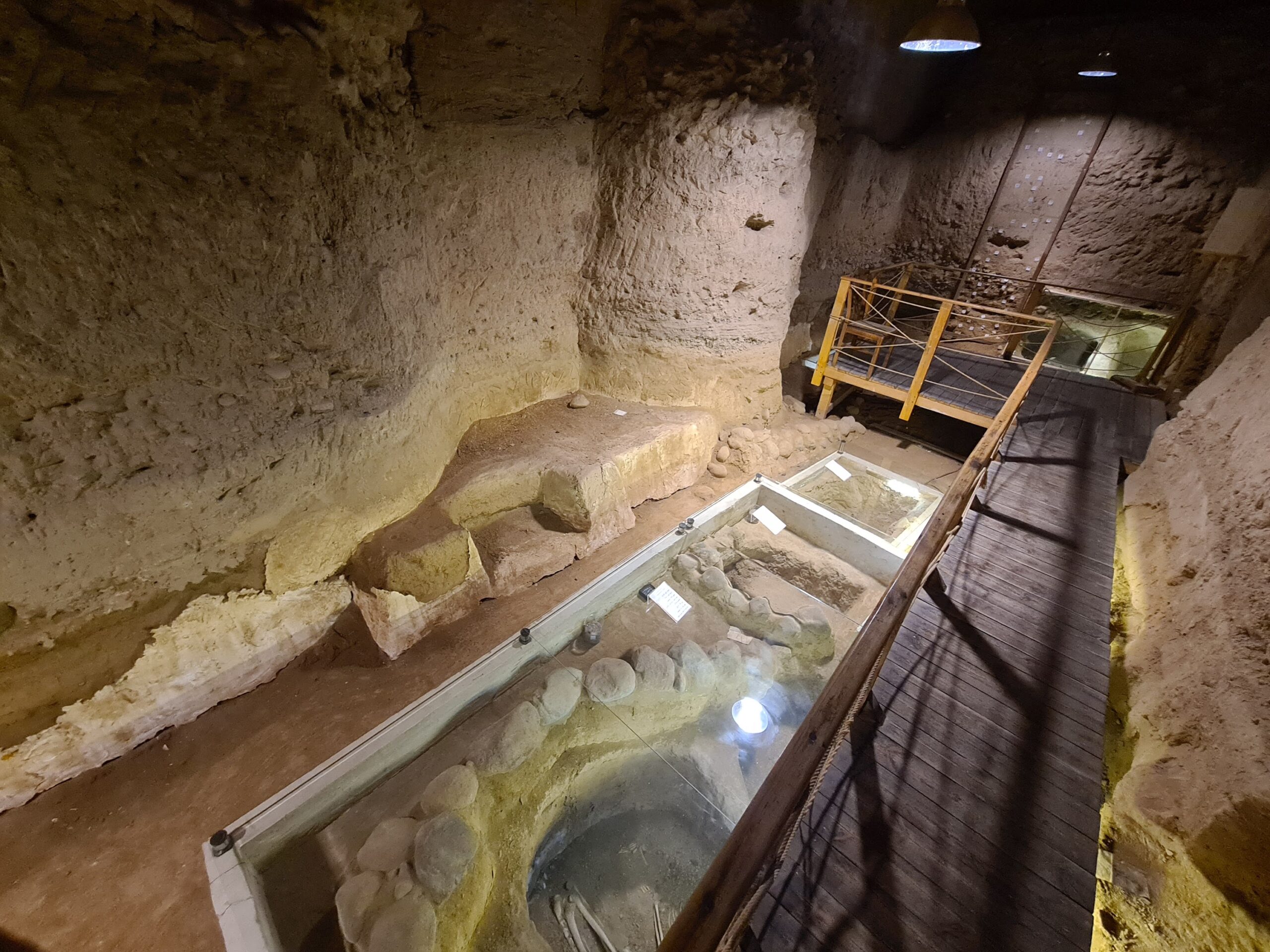
Exploring the Iron Age
The museum’s graves paint a picture of a society rooted in ritual and conviction. Most skeletons—belonging to infants, teens, and young adults—lie in a fetal pose, a burial style connected to Mithraism, an early faith focused on the afterlife.
Alongside these remains rest burial items: toys with children, jewelry with women, and weapons with men. These objects suggest gender roles and point to social rank—graves with more pottery or detailed pieces likely indicate higher status.
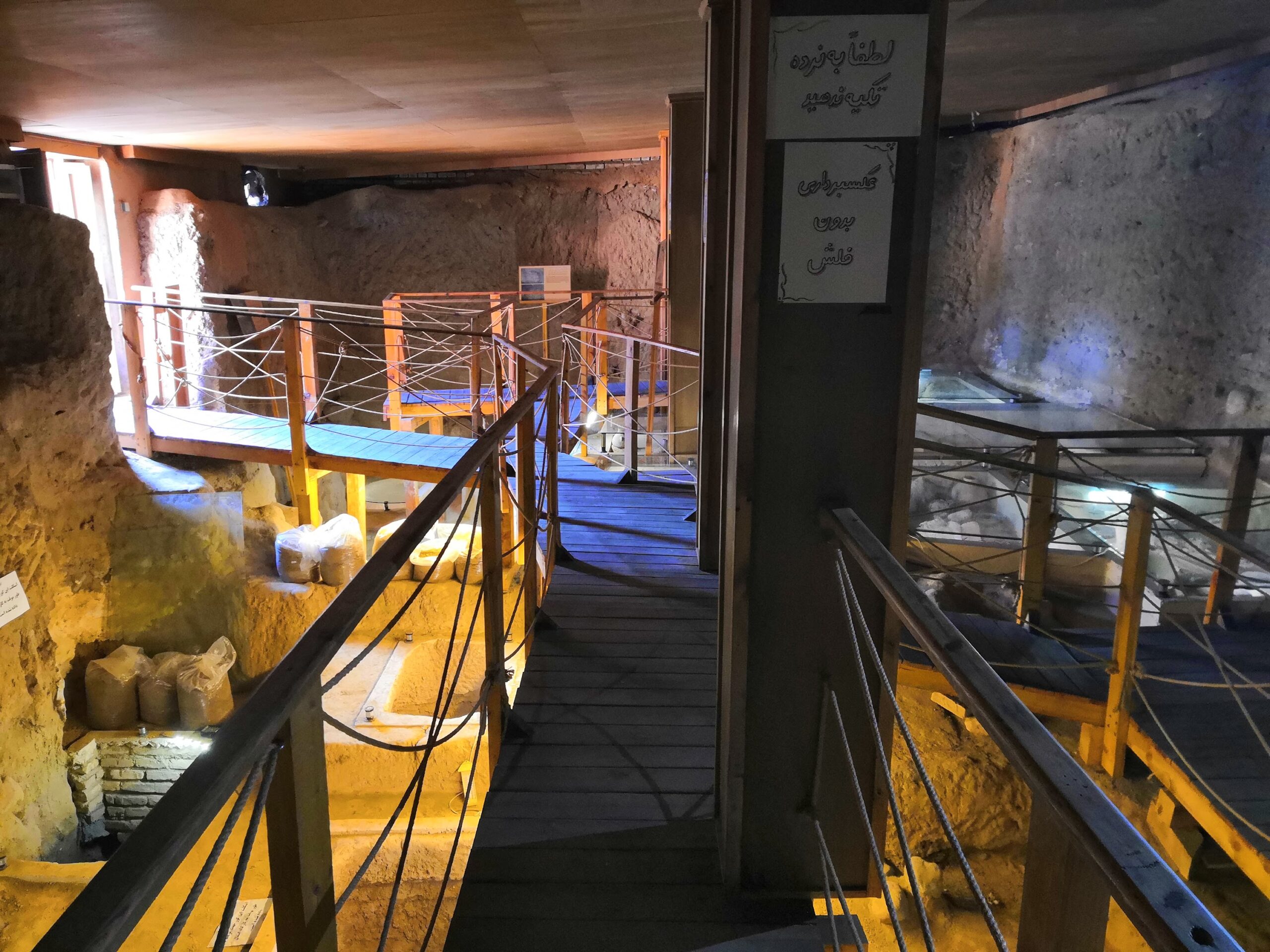
Notable Artifacts
Digging revealed an array of items, from basic clay pots to ornamental pieces. Infant graves appear simple and compact, while teenage burials take a square form with two pottery vessels. Each tomb carries a sign noting the individual’s estimated age, gender, discovery year, and associated objects. Yearly upkeep keeps these relics intact, ensuring their tales endure for years to come.
The Museum’s Distinctive Structure
The Iron Age Museum echoes its archaeological origins with a hill-like layout, resulting in uneven burial depths. Entry begins at a small door leading into a plain building with wooden stairs and mud-brick walls, dropping eight meters below street level.
Its underground position near water channels once created moisture issues, now addressed with ventilation fans and natural airflow. Slim wooden paths, raised above the graves, allow up to 15 visitors at once, protecting the site’s condition.
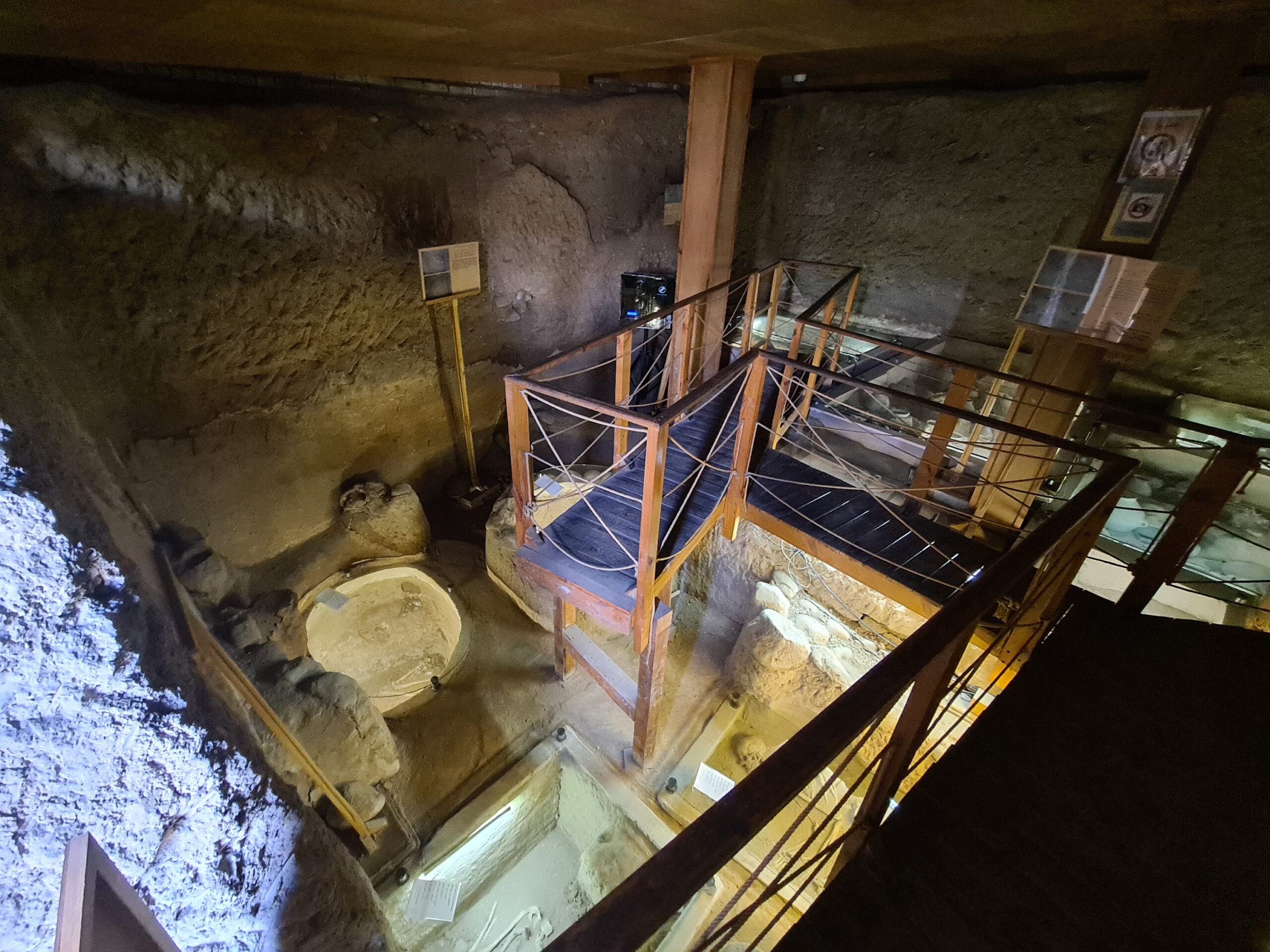
Two Main Areas
The museum divides into two zones linked by walkways:
- Area One: Showcases individual graves and skeletons, providing a close-up view of burial customs.
- Area Two: Reached through a passage, this section displays the objects found with the remains, including pottery and tools.
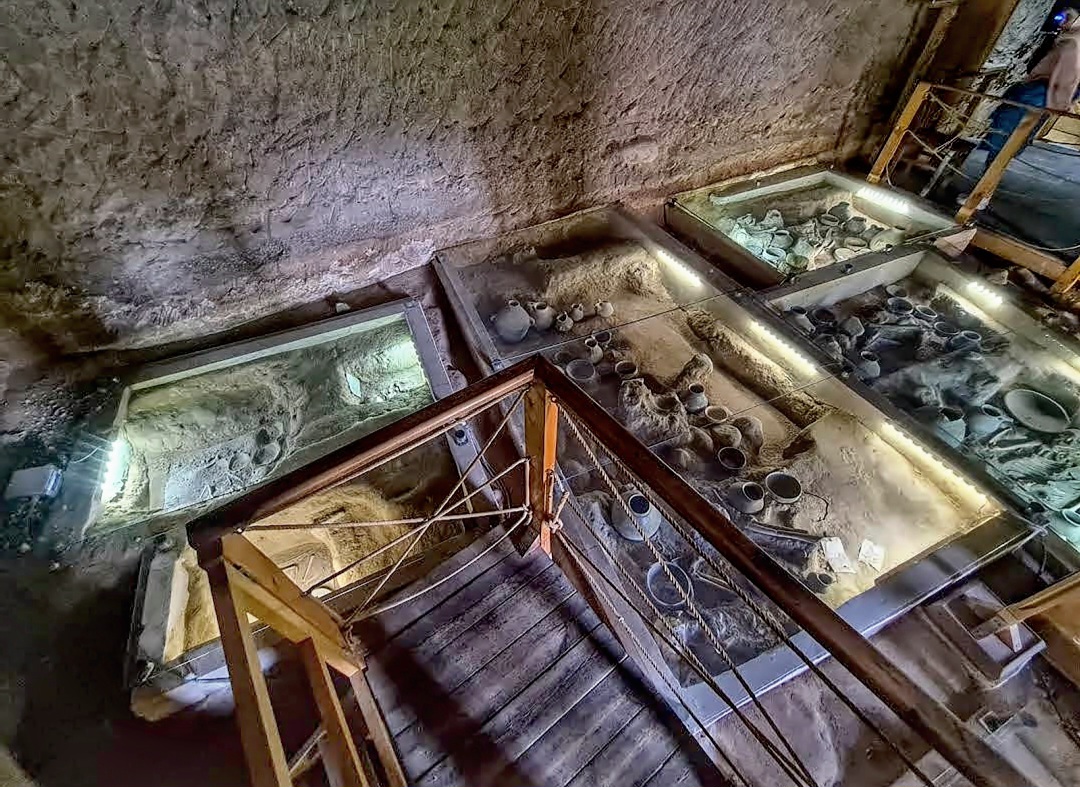
How to Reach the Iron Age Museum
Arriving at this historical site is simple:
- By Bus: Start at Saat Square, travel along Imam Khomeini Street toward the Blue Mosque, and exit at the underground market’s back entrance onto Roshanai Street, a brief walk away.
- By Metro: Ride Line 1 to Qonqa Station, then walk 1 kilometer down Khaghani Street to Roshanai Street.
- By Car: Drive to Khaghani Street, turn left onto Roshanai Street, and park near the Blue Mosque’s market entry. The museum’s door is the first on the right after leaving the parking area.
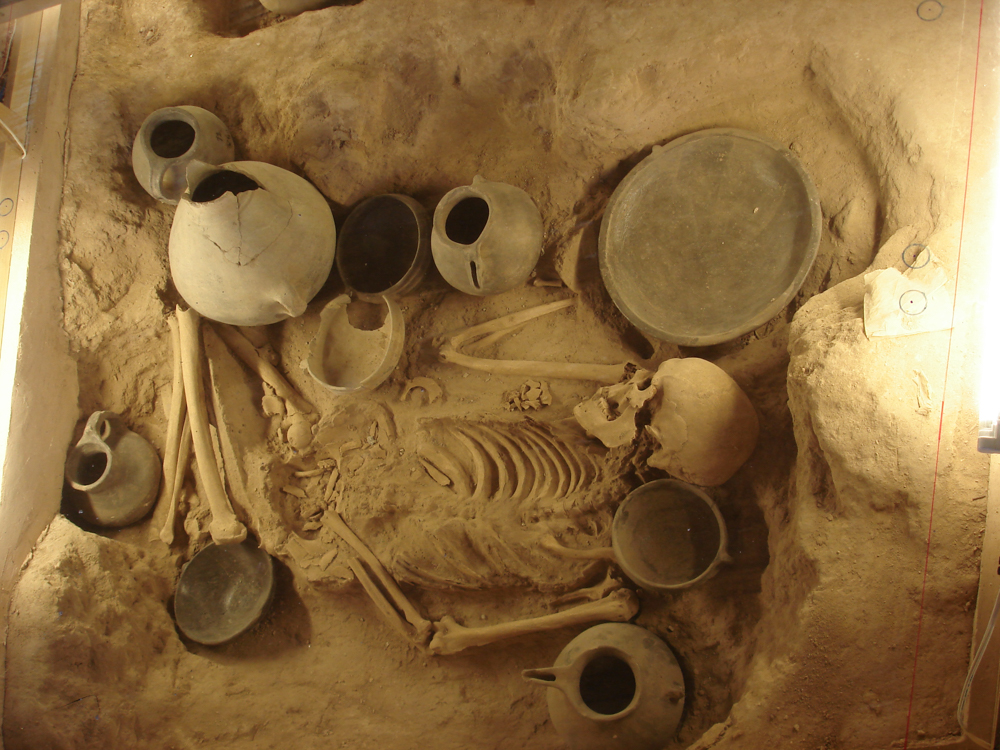
Location
Visiting the Museum
The Iron Age Museum welcomes guests daily from 9:00 AM to 3:00 PM, except during major holidays like Tasu’a, Ashura, and significant Islamic observances. A small entry fee grants access, and amenities include parking, restrooms, a restaurant, and a guide to enhance your experience. Its limited capacity ensures a personal visit, so timing matters.
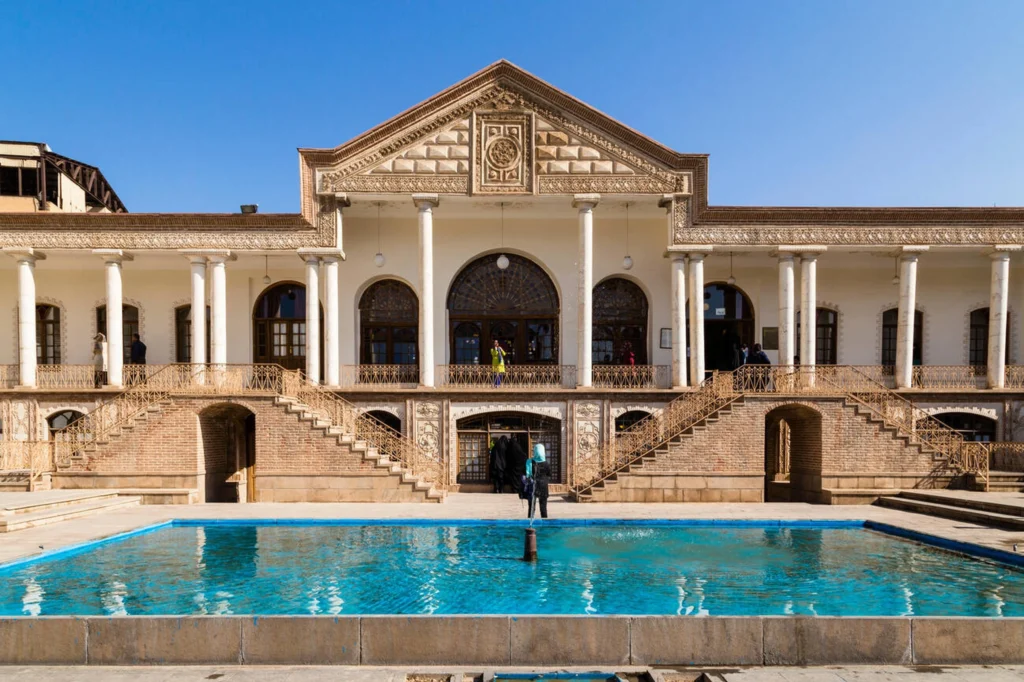
Nearby Sites to Explore
Expand your trip with these close-by locations:
- Blue Mosque (550 meters): A 15th-century structure known for its detailed tiles.
- Azerbaijan Museum (600 meters): A collection of artifacts tracing Iran’s past.
- Tarbiat Pedestrian Way (2 km): A lively street for shopping and walking.
- Nobar Bathhouse Museum (2.2 km): A restored Qajar-era bathhouse.
- Qajar Museum (2.9 km): The refined Amir Nezam House, highlighting Qajar culture.
The Iron Age Museum in Tabriz transcends a typical museum—it’s a gateway to an ancient world. From its fetal burials to its carefully maintained graves, it beckons you to walk among traces of a long-gone society. Whether you’re captivated by archaeology, history, or the excitement of the past, this site offers a rare trip through time. Plan your visit now and explore the ancient layers beneath Tabriz’s streets.
